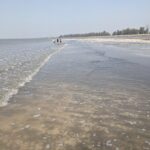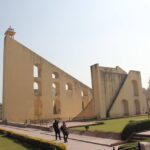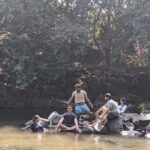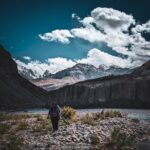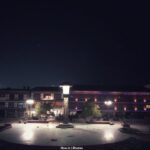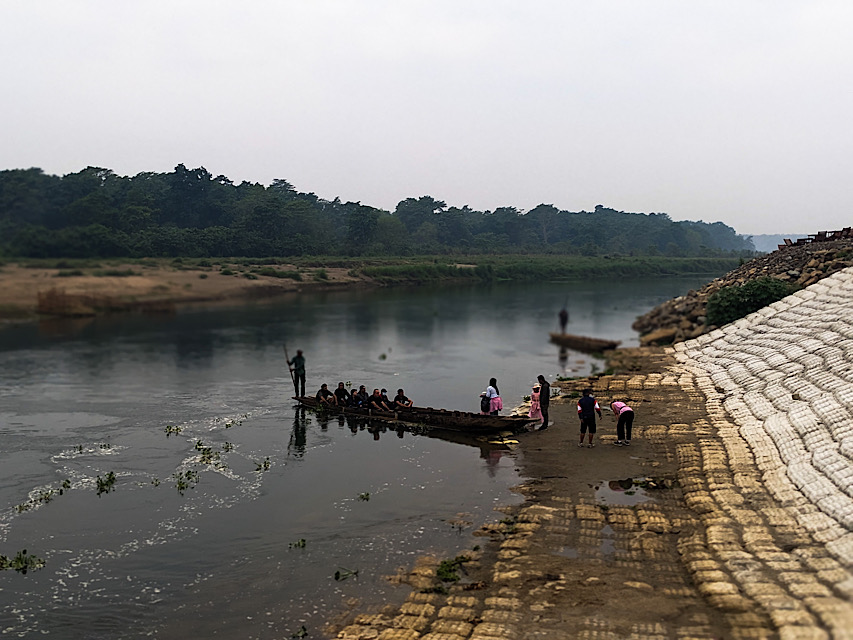
15 great Facts about Chitwan, Nepal
Chitwan, located in the southwestern region of Nepal, is a region celebrated for its rich biodiversity, lush landscapes, and cultural heritage. The name “Chitwan” translates to “heart of the jungle,” and it aptly describes the essence of this remarkable place.
Historically, Chitwan was once a royal hunting ground for the ruling families of Nepal. In 1973, it was designated as the country’s first national park, Chitwan National Park, which later became a UNESCO World Heritage Site in 1984. The park spans an area of 952.63 square kilometers and is home to an astounding variety of wildlife, including the endangered Bengal tiger, one-horned rhinoceros, sloth bear, and over 500 species of birds.

Table of Contents
The indigenous Tharu people have inhabited the region for centuries and have a rich cultural heritage. Their traditional way of life, art, and cuisine are an integral part of the experience. The area also showcases the diverse culture of Nepal, with influences from the Terai, hills, and the neighboring Indian states.
Chitwan is well-connected to the capital city, Kathmandu, and other major cities of Nepal by road and air. The nearest airport, Bharatpur Airport, offers regular flights to and from Kathmandu.
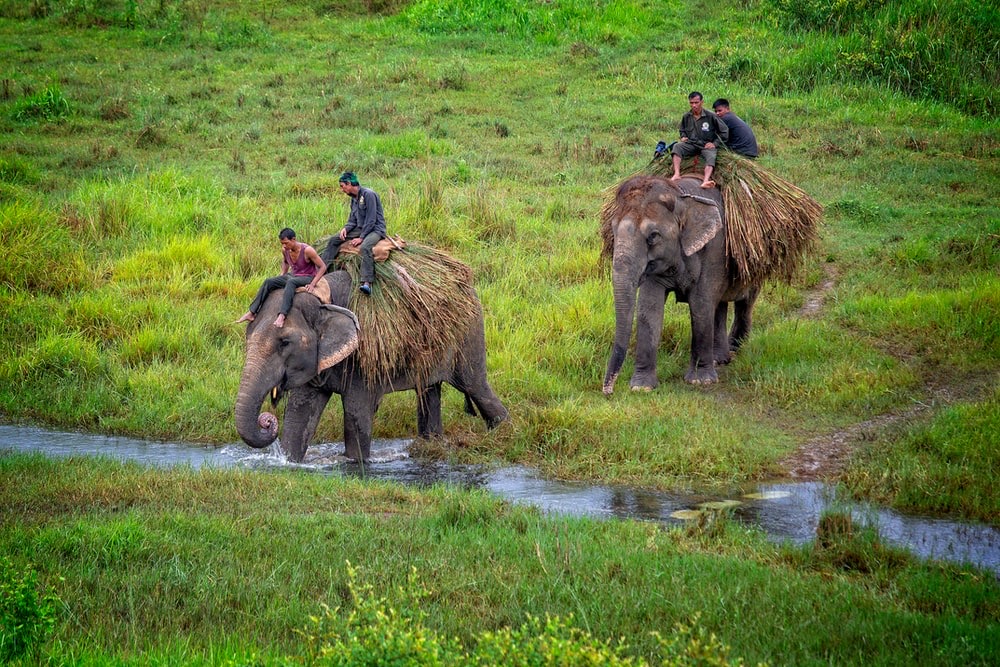
Taglines
1. “Discover the Wild Heart of Nepal in Chitwan: Where Nature Meets Culture.”
2. “Chitwan: Where Adventure Roams and Nature Thrives.”
15 Detailed Facts about Chitwan:
1. Chitwan National Park is home to around 68 species of mammals, including the Bengal tiger, Asian elephant, and leopard.
2. The park boasts over 500 bird species, making it a paradise for birdwatchers.
3. The place’s landscape includes dense forests, grasslands, and wetlands.
4. The park is a crucial habitat for the endangered one-horned rhinoceros.
5. The place is renowned for its elephant-back safaris, offering a unique way to explore the jungle.
6. The Tharu Cultural Museum in Sauraha provides insights into the indigenous Tharu culture.
7. Canoe rides along the Rapti and Narayani rivers offer opportunities to spot wildlife.
8. The place’s subtropical climate means it is hot and humid during the summer months.
9. The region experiences a monsoon season from June to September, with heavy rains.
10. The best time to visit Chitwan is during the dry season, from October to March.
11. Sauraha is the primary gateway for tourists, offering accommodations, restaurants, and tour operators.
12. Popular activities include jungle walks, jeep safaris, and birdwatching tours.
13. The place is easily accessible by road or a short flight from Kathmandu.
14. The Bishazari Tal (20,000 Lakes) in the park is a serene wetland area and a birdwatcher’s paradise.
15. The community forests surrounding Chitwan National Park are actively involved in conservation efforts.
Best Time to Visit:
The best time to visit Chitwan is during the dry season, which spans from October to March. During this period, the weather is pleasant, and wildlife sightings are more frequent as animals gather near water sources. The months of November to February offer cooler temperatures, making it particularly comfortable for safaris and outdoor activities.
What to Carry When Visiting:
When visiting Chitwan, it’s essential to pack light, breathable clothing suitable for warm and humid conditions. Don’t forget:
– Comfortable walking shoes or hiking boots.
– Sunscreen and insect repellent.
– A wide-brimmed hat and sunglasses.
– Lightweight rain gear (if visiting during the monsoon season).
– Binoculars and a camera for wildlife and nature photography.
– Necessary medications and first-aid essentials.
– Reusable water bottle to stay hydrated.
Overall, Chitwan is a vibrant district that offers a unique blend of natural beauty, wildlife, and cultural experiences, making it a must-visit destination in Nepal.

